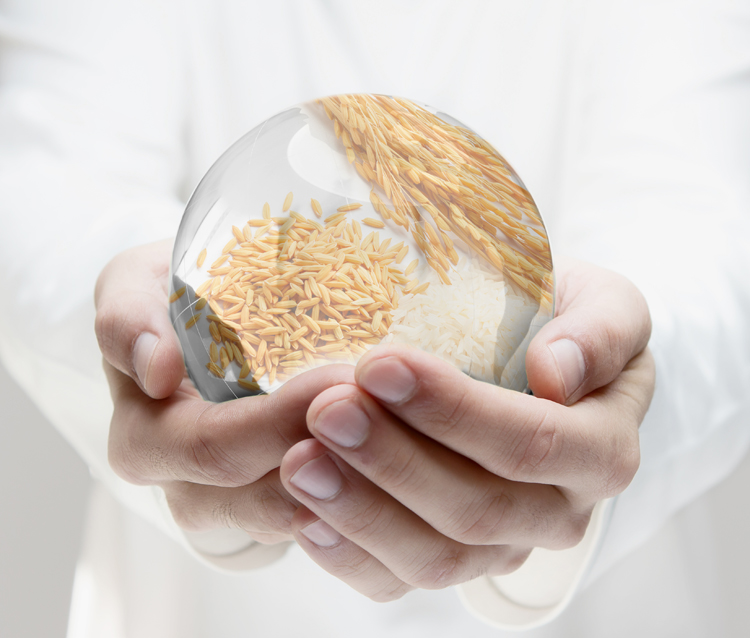Any individual thinking about their own rice milling operation always starts somewhere in their journey by asking the question of “How much rice am I actually going to be able to produce?” That question is usually followed by the questions of “How much does a rice mill cost?” and “How much money am I actually going to be able to make with my own rice mill?” The answers to the second and third questions are based off of the answer to the first question. For now, let’s focus on the ability of producing finished rice.
When talking about milling rice, much of the questions are centered around paddy input. Just because you are able to input one ton per hour of paddy rice, that doesn’t mean that your output is going to be one ton per hour of finished rice. The rice milling operation starts by removing the husks from each kernel. The husk accounts for roughly 20% of the kernel weight. As a rule of thumb when producing brown rice, you can estimate that your brown rice output will be roughly 80% of your paddy input. If you are going to continue your milling process by removing the bran from the brown rice to create white rice, you will need to subtract additional weight from the removal of the bran layer from each kernel. The bran accounts for roughly 10% of the kernel weight. As a rule of thumb when producing white rice, you can estimate that your white rice output will be roughly 70% of your paddy input.
Those aren’t the final numbers for finished rice, however. We are assuming with the above numbers that each kernel is going to remain a whole kernel, not susceptible to being broken during the milling or polishing process. That would be accurate in a perfect world. Unfortunately, the world isn’t perfect and neither is the rice milling process. The amount of broken kernels depends on a number of different factors such as the variety of the rice, the moisture content when it is run through the mill, and how it was stored prior to milling. The truth of the matter is that it is almost impossible to look into a crystal ball to tell how much finished rice you will be able to produce. Your best option before purchasing a mill is to test your rice in a lab machine that will be using the same technology as the rice mill you are looking to purchase. By using the same process on a small scale, you can actively predict what you are capable of producing on a large scale. ZaccariaUSA is happy to test your paddy rice for you to help you accurately predict what you could expect from your own mill. It’s as simple as giving us a call at 972-924-3443.

